A Simple Example To Introduce The Principle Of Bubble Water
Many parents will encounter children asking such questions, such as why only bubble water can blow bubbles, but ordinary water can't? Today I will teach you how to introduce the principle of bubble water with a simple example.
For example, balloons, whose skin is soft to the touch, can easily be deformed into other shapes. The balloon skin is also elastic when pulled up, very tough, and strong. This will allow the balloon to blow up big and not break easily. Just by pumping up the balloon, you can turn it from a small, flat shape into a big, round ball.
Ordinary water is also soft to the touch and can be deformed. But the water is so soft that it breaks without pulling. And the water is not strong at all, as long as it is not strong, you can't blow big bubbles. Even small bubbles popped quickly. Therefore, the water that wants to blow bubbles is not only soft but also needs to be more elastic.
Let's touch the bubbling water, how is it different from ordinary water? The bubbling water is slippery and creamy, and there are a few other things in it. The most important thing is the film-forming agent. The film-forming agent can make the skin of the bubble become as flexible as the skin of a balloon so that the balloon can be blown very largely.
If you want the bubbles to float in the air for a longer time, you need to add a hygroscopic agent. The hygroscopic agent is like the fragrance we apply after washing our face, which can make the small face tender and not dry. Having a hygroscopic agent is like applying a fragrance to the bubbles. They are also tender and not easy to dry out, and they can fly for a long time in the air.
In this way, explain the principle of bubble water to your children, have you learned it? For more information on children's bubble machines, please continue to follow us!
Hot Products
-

20 Boxed Bubble Water Bubble Bottle Children's Toys
-

Bubble Water Children's Toys Color Bubble Sword
-

24pcs Wedding Mini Goblet Bubble Water Toys
-

24 Boxed Color Children's Bubble Wand
-
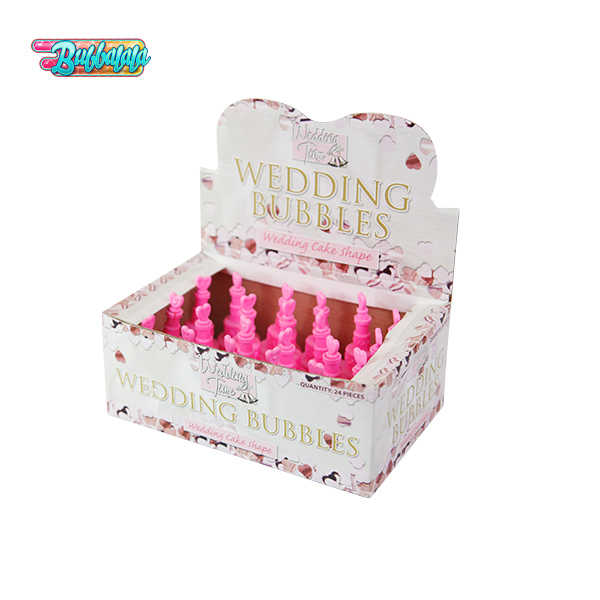
Pink Heart-shaped Cake Bubble Wedding Bubble Water Toys
-
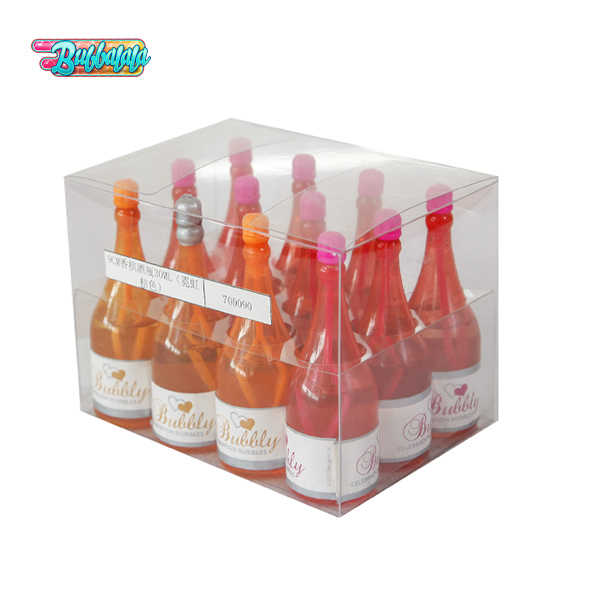
12 Bottles Orange Bubble Water Wine Bottle
-
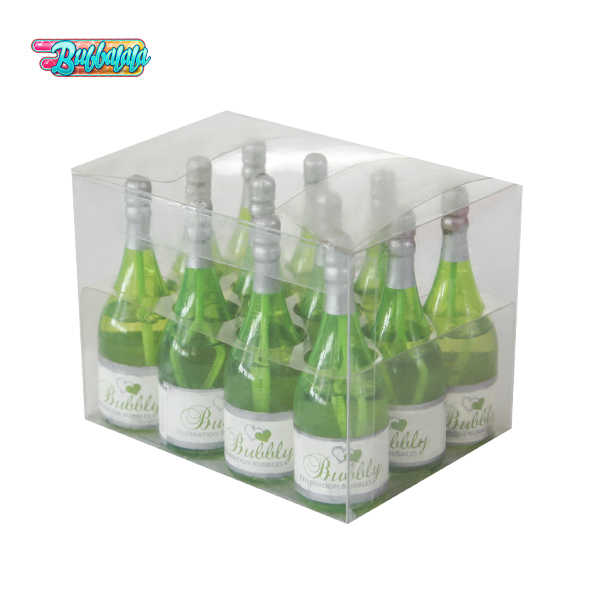
12 Bottles Green Bubble Water Wine Bottle
-
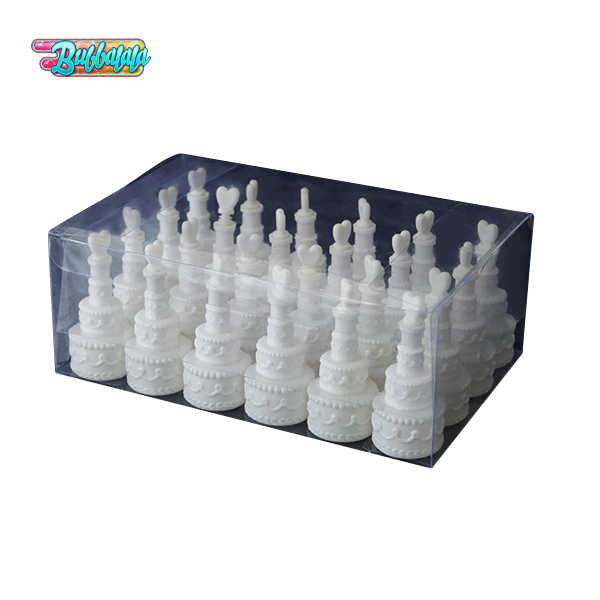
12pcs Cake Wedding Bubble Water Toys
-
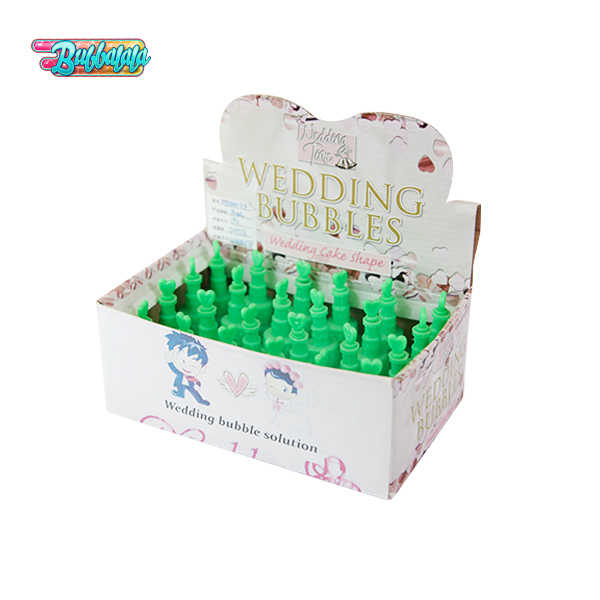
Party Wedding White Bubble Tubes Heart Cake Bubble Toys
-
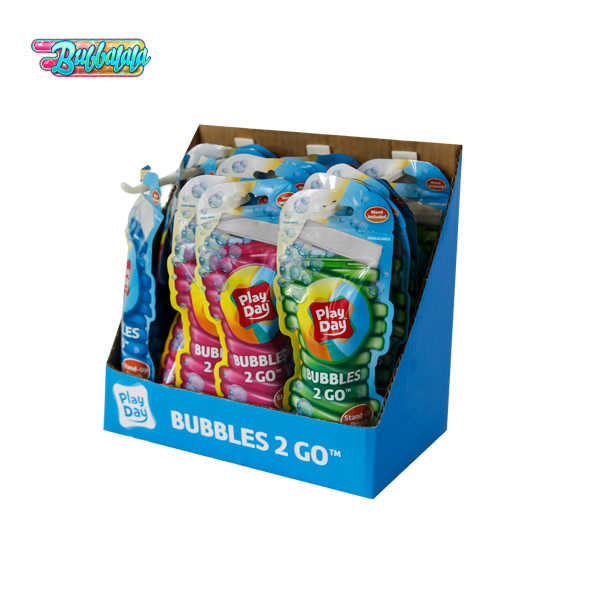
Bags of Children Having Fun Bubble Water
-
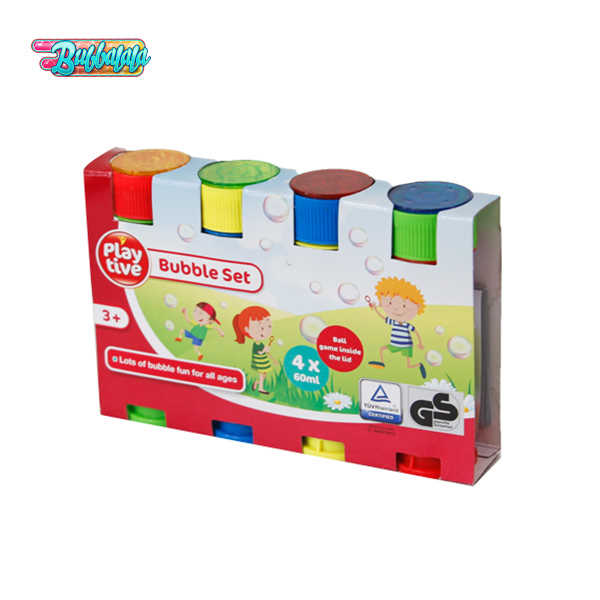
Four Bottles of Bubble Water Sets Bubble Toys
-

12 Bubble Water Bubble Bottles

 English
English 中文简体
中文简体
